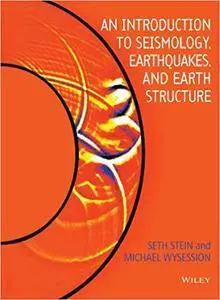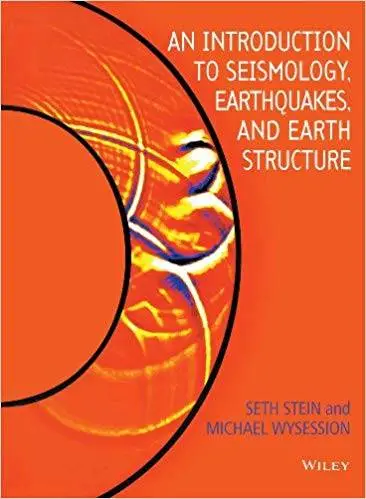Seth Stein, Michael Wysession, "An Introduction to Seismology, Earthquakes and Earth Structure"
2002 | pages: 515 | ISBN: 0865420785 | PDF | 11,4 mb
2002 | pages: 515 | ISBN: 0865420785 | PDF | 11,4 mb
An Introduction to Seismology, Earthquakes and EarthStructures is an introduction to seismology and its role in theearth sciences, and is written for advanced undergraduate andbeginning graduate students.
The fundamentals of seismic wave propagation are developed usinga physical approach and then applied to show how refraction,reflection, and teleseismic techniques are used to study thestructure and thus the composition and evolution of the earth. Thebook shows how seismic waves are used to study earthquakes and areintegrated with other data to investigate the plate tectonicprocesses that cause earthquakes. Figures, examples, problems, andcomputer exercises teach students about seismology in a creativeand intuitive manner. Necessary mathematical tools including vectorand tensor analysis, matrix algebra, Fourier analysis, statisticsof errors, signal processing, and data inversion are introducedwith many relevant examples. The text also addresses thefundamentals of seismometry and applications of seismology tosocietal issues. Special attention is paid to help studentsvisualize connections between different topics and view seismologyas an integrated science.
An Introduction to Seismology, Earthquakes, and EarthStructure gives an excellent overview for students ofgeophysics and tectonics, and provides a strong foundation forfurther studies in seismology.
- Multidisciplinary examples throughout the text - catering tostudents in varied disciplines (geology, mineralogy, petrology,physics, etc.).
- Most up to date book on the market - includes recent seismicevents such as the 1999 Earthquakes in Turkey, Greece, andTaiwan).
- Chapter outlines - each chapter begins with an outline and alist of learning objectives to help students focus and study.
- Essential math review - an entire section reviews the essentialmath needed to understand seismology. This can be covered in classor left to students to review as needed.
- End of chapter problem sets - homework problems that cover thematerial presented in the chapter. Solutions to all odd numberedproblem sets are listed in the back so that students can tracktheir progress.
- Extensive References - classic references and more currentreferences are listed at the end of each chapter.
My Link



